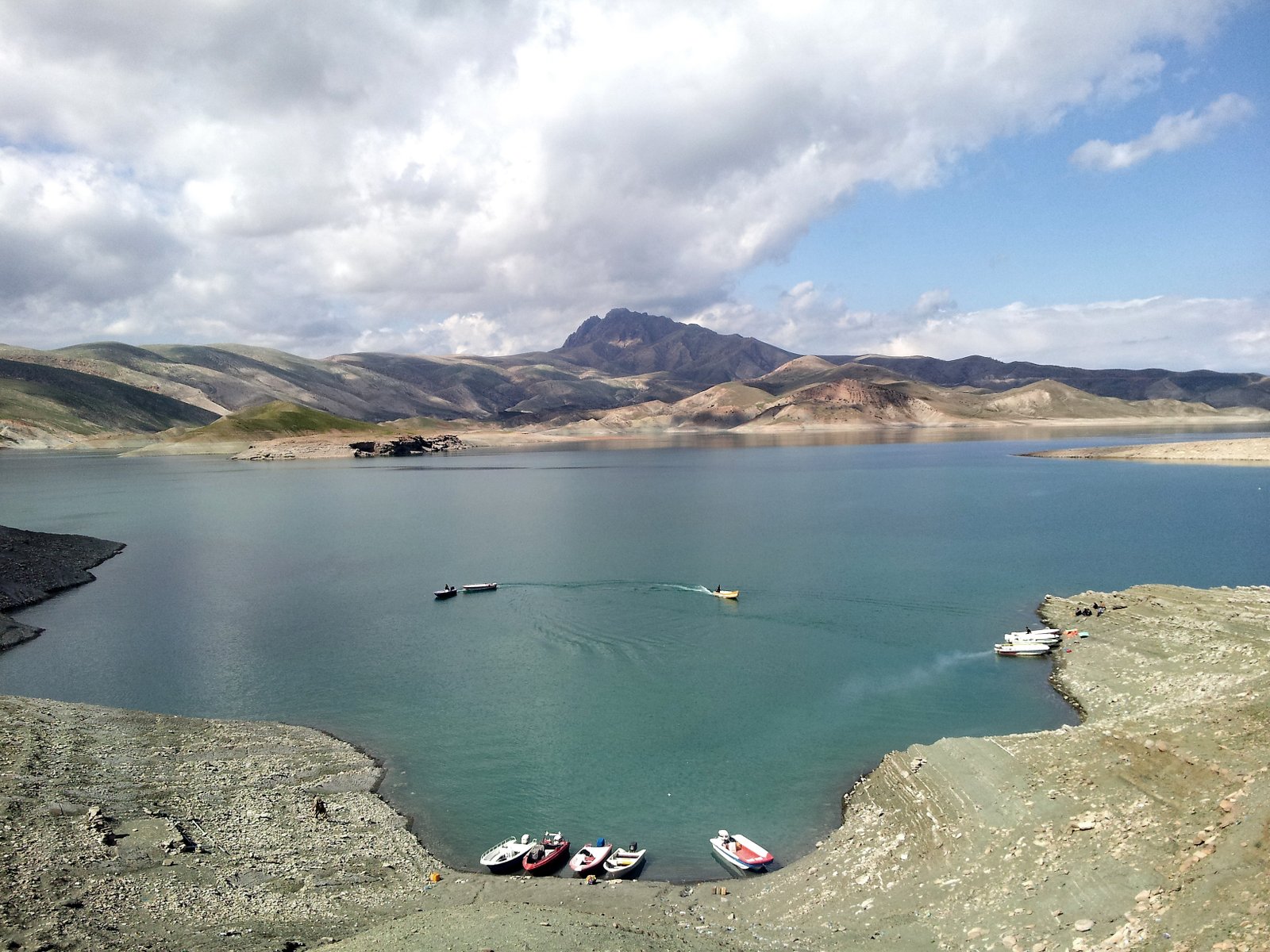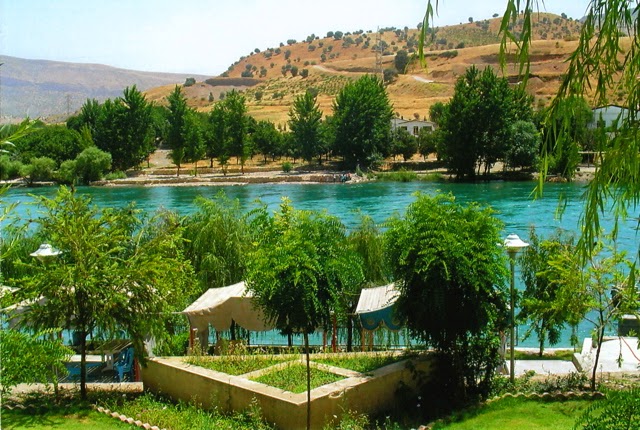Mailing List
Sign up for our mailing list to get latest updates and offers.
Iraq has always had a diverse environment, varying from dry deserts to mountainous terrains, as well as marshes, along with a huge biodiversity, ranging from common fauna and flora, to rare vegetations and wildlife. One of these unique environments is the Lake Dukan, located in Kurdistan Region, Sulaymaniyah Governate, in the north of Iraq.
This natural, beautiful view will take your breath away. It is located close to the city of Ranya, and is a reservoir on the Little Zab created by the construction of the Dukan Dam. The Dukan Dam was built between 1954 and 1959 as a multi-purpose dam to provide water storage, irrigation and hydroelectricity.

Prior to the flooding of Lake Dukan, the area has been subjected to archaeological research to investigate as many archaeological sites as possible. An archaeological survey in the Ranya Plain documented some 40 archaeological sites with evidence for occupation ranging from the sixth millennium BC up to the present. Five of these sites were then excavated: Tell Bazmusian, ed-Dem, Kamarian, Qarashina and Tell Shemshara. The excavations at Tell Bazmusian revealed a temple dating to the second millennium BC.
At Tell Shemshara, an early-sixth millennium BC village was excavated, as well as an early-second millennium BC palace with a small archive of clay tablets. The inhabitants of some 50 villages in the flooded area, around 1,000–1,200 families, were resettled to the west of the lake.

The surface area of the lake is 270 square kilometres (100 sq. mi). At normal operation, the capacity of the reservoir is 6.8 cubic kilometres (1.6 cu mi) while its maximum capacity is 8.3 cubic kilometres (2.0 cu mi). At that capacity, the surface elevation is 515 metres (1,690 ft) above sea-level. In order to operate the power station, the surface elevation must be between 469 and 511 metres (1,539 and 1,677 ft). The drainage basin of the Dukan Dam is 11,700 square kilometres (4,500 sq. mi).

Highly recommend visiting this mesmerizing view
